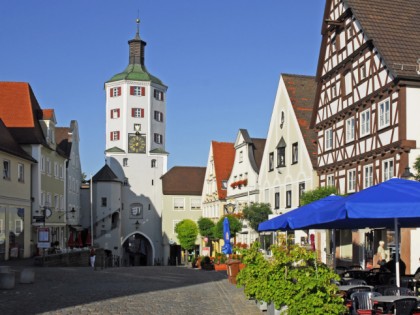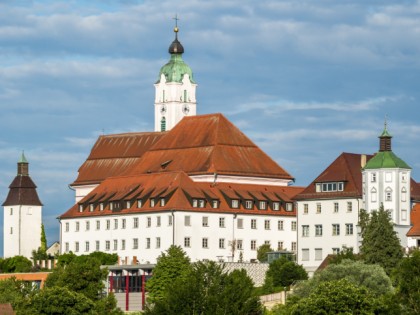Günzburg, country of Lego and valley of two rivers
In 2002 Günzburg became home to the only Legoland children’s park in Germany. The park attracts families with children of all ages. However it is not only the park that this town is worth coming to for. Here you will find a strict and exquisite Frauenkirche church and a bustling, small but well preserved old town with light-coloured house façades. From the hill, where the margrave castle is located, peaceful views open on the vicinity.
See all
Restaurants

Brasserie Maximilian's
Bar • Café
+49 8221 250502
Payment methods:

Brauereigasthof zur Muenz
Restaurant • Hotel
+49 8221 9167494
Payment methods:

EssLounge
Restaurant • Steak House • Grill bar • Catering
+49 8221 2597340
Payment methods:

Landgasthof Linde
Restaurant • Hotel
+49 8221 367400
Payment methods:
Nearby


 Castles, Fortresses and Palaces
Castles, Fortresses and Palaces
 Parks and recreation
Parks and recreation
 Architectural Monuments
Architectural Monuments

